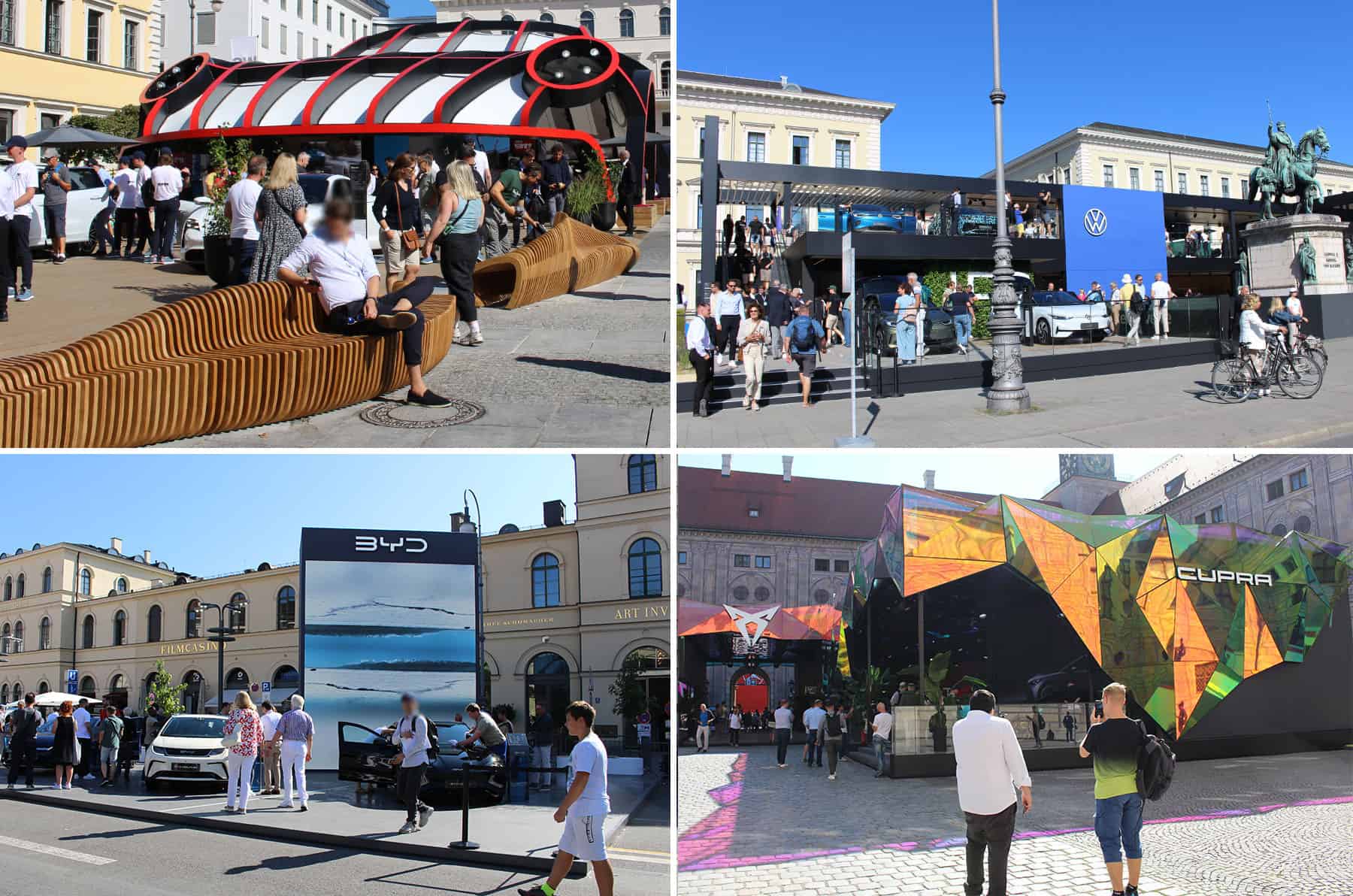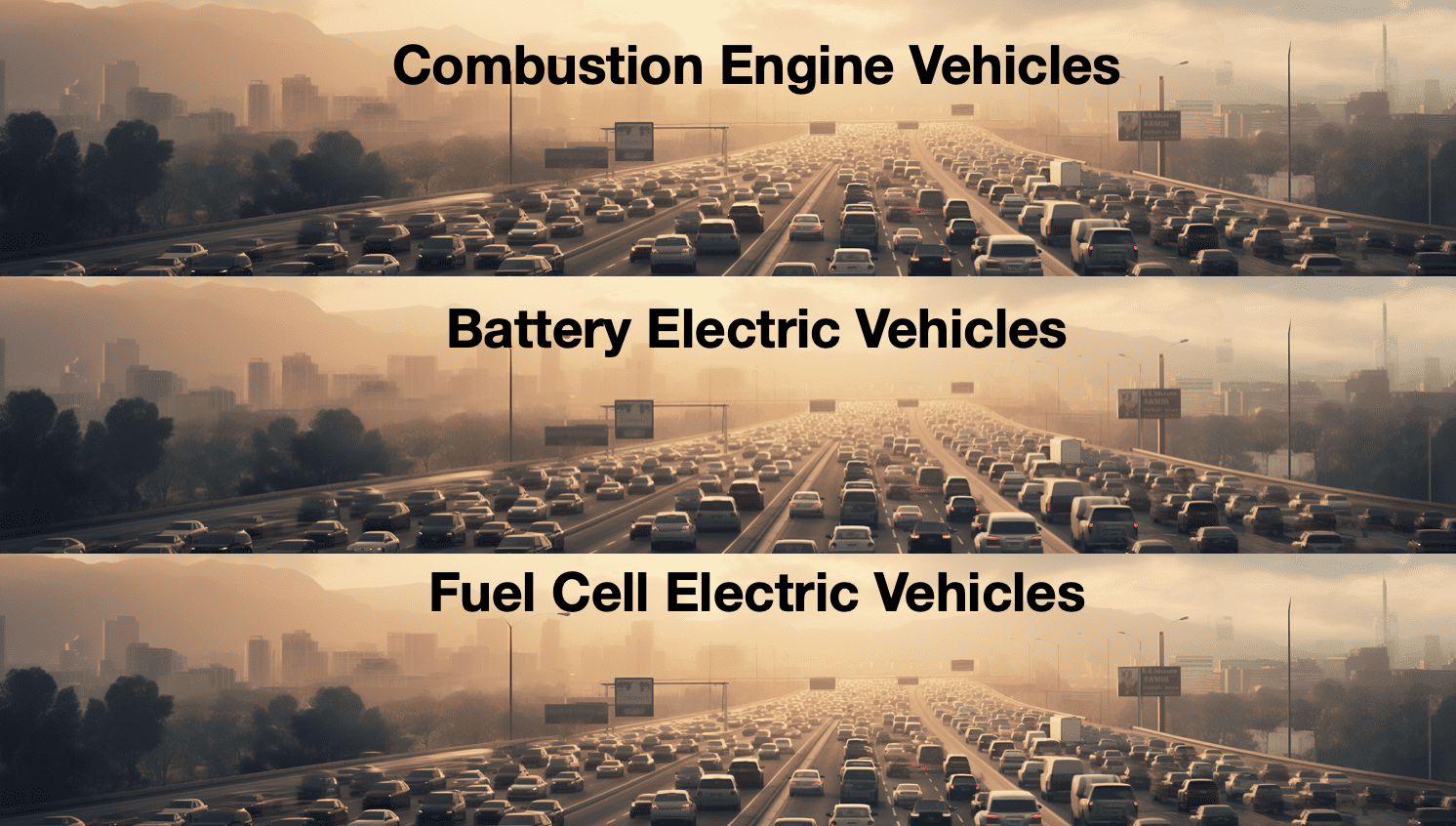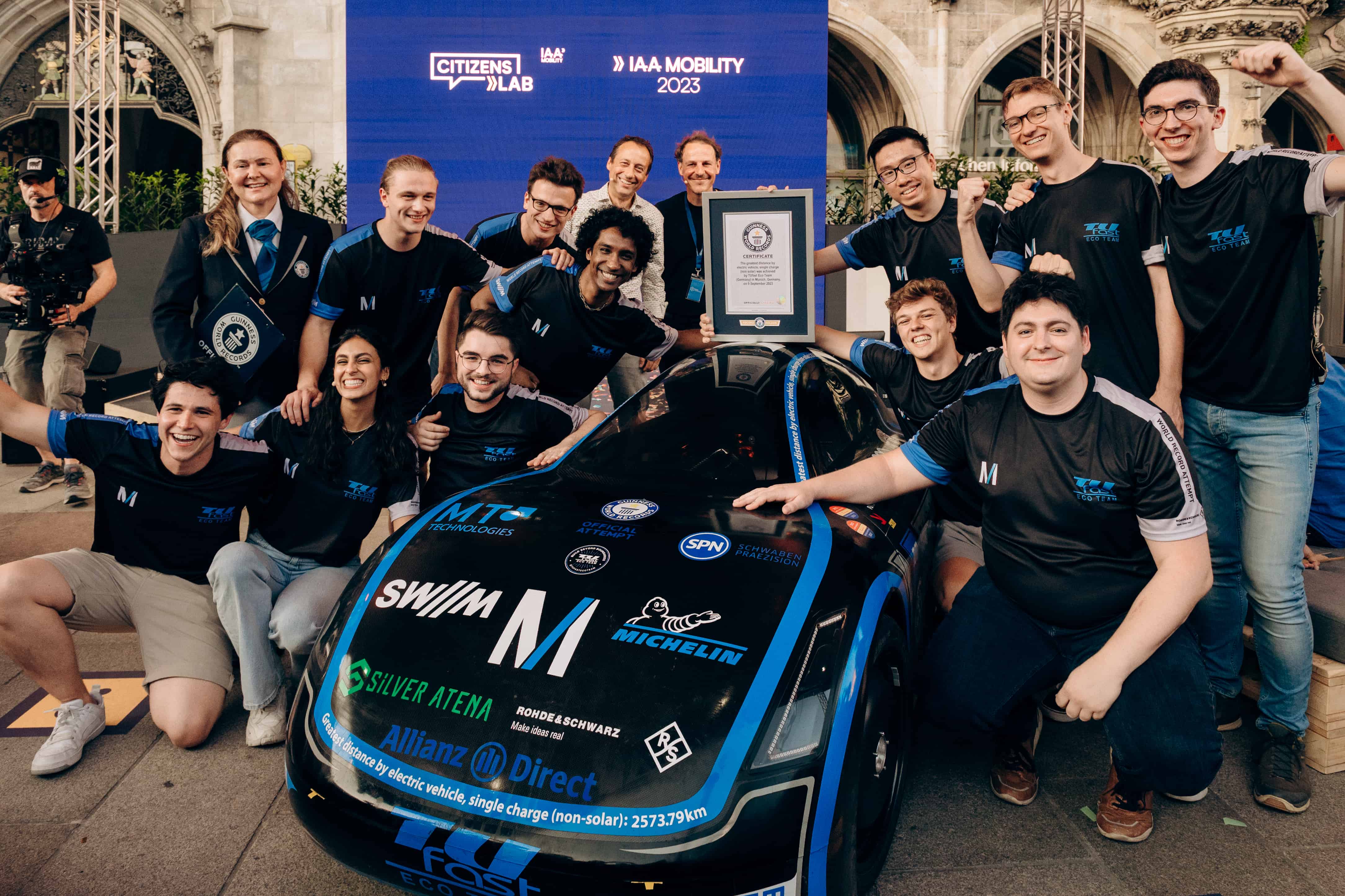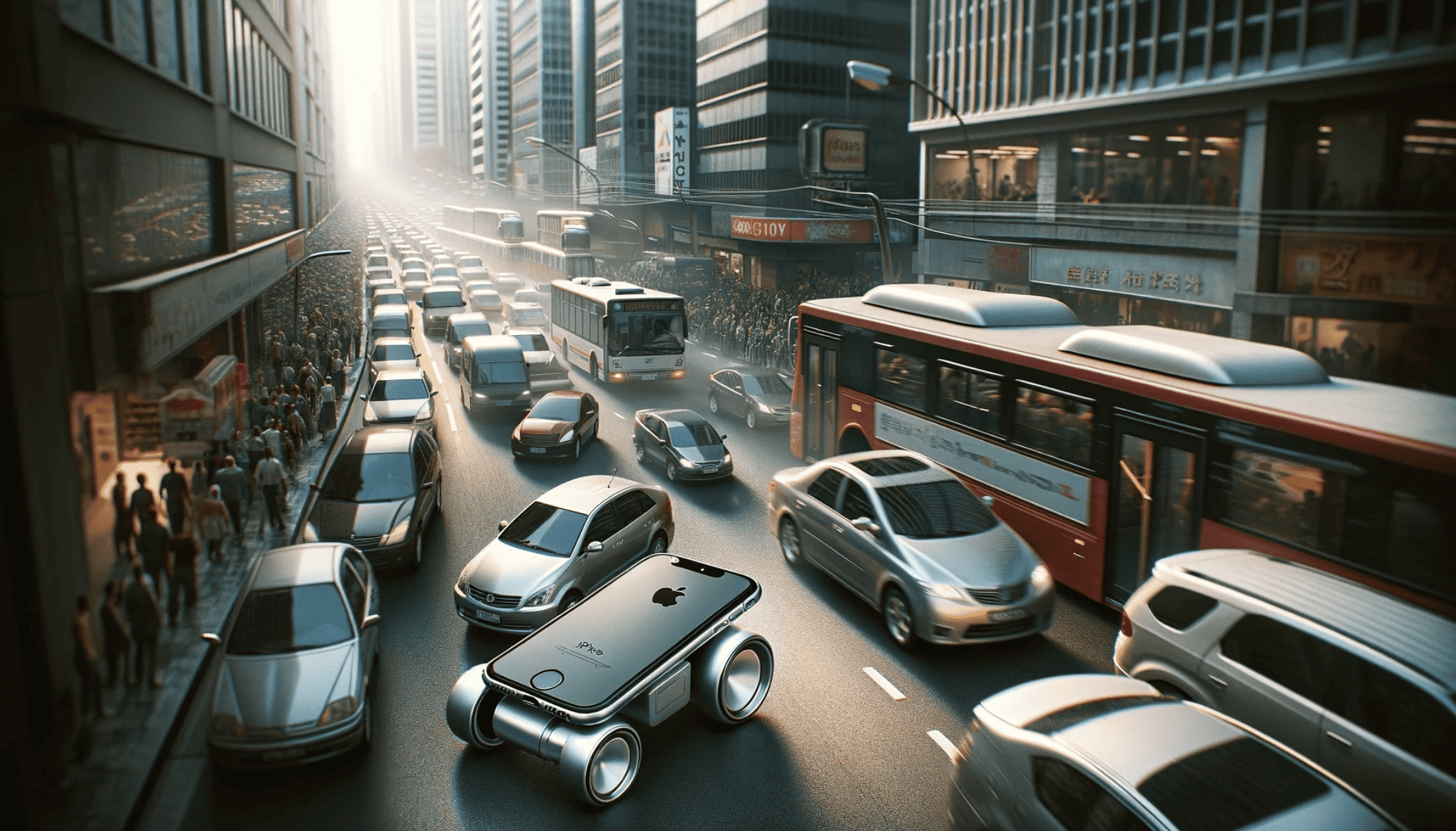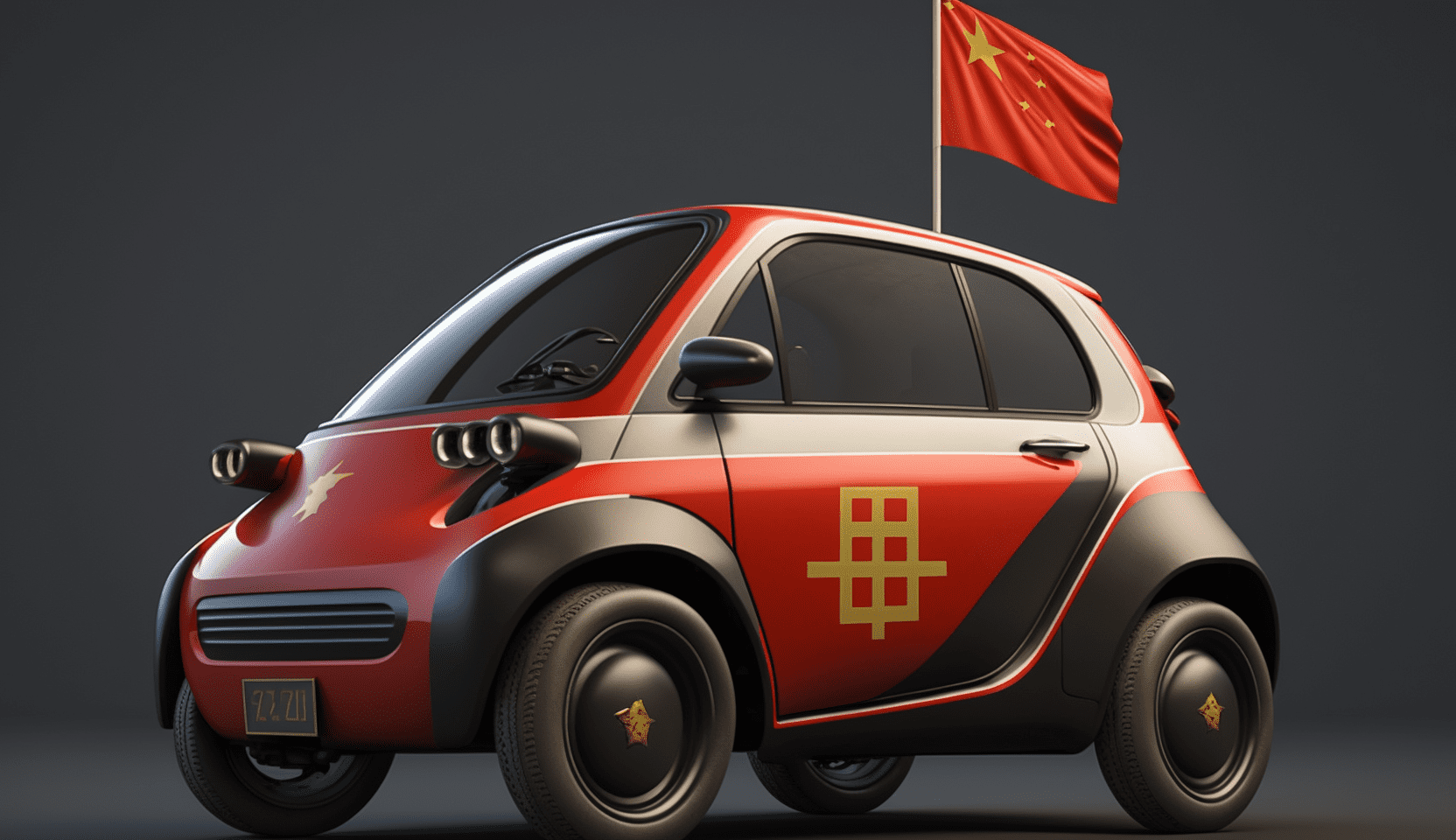
The IAA mobility fair in Munich is the new version of the classic car show in Frankfurt. Divided across the city, last week, there were all kinds of new mobility concepts on display, but most of the attention was on new electric models and autonomous cars.
The latter can be called remarkable. After all, after the fatal accident three years ago in the United States with a pedestrian who was grabbed by an autonomous Volvo from Uber, the rollout fell completely flat and the enthusiasm was gone. It is known from research that we consider an accident caused by failing technology about ten times worse than an accident caused by a human. Lots of pilot projects were at a standstill for a while, but in the meantime, many research departments continued. Sensors are getting cheaper and cheaper, and the software is getting better. Besides the tests with hundreds of self-driving Tesla cars, all kinds of companies are now coming up with new activities.
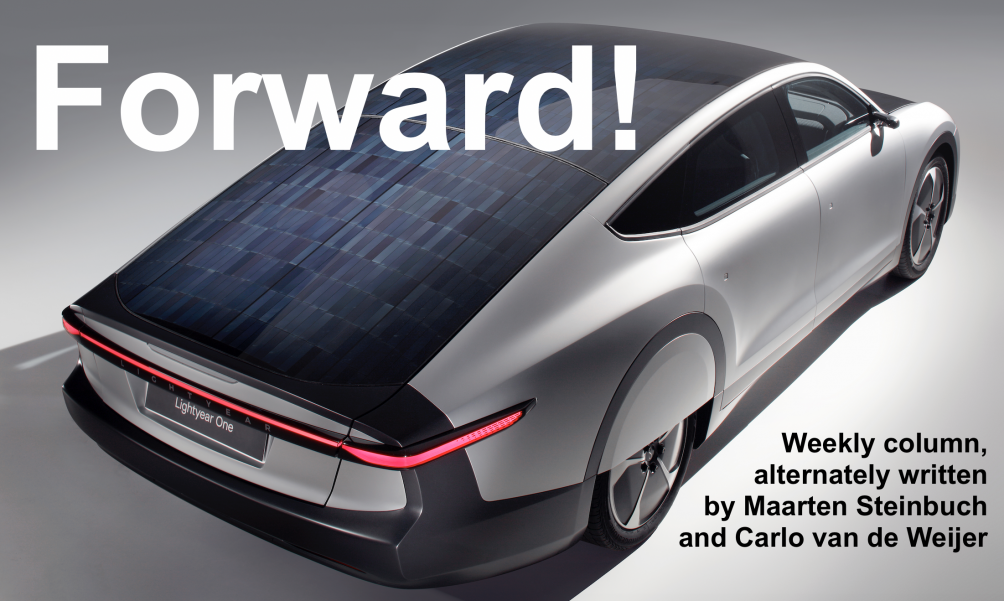
The car rental company Sixt and tech company Mobileye will bring a self-driving cab fleet to Munich starting in 2022. The laws and regulations in Germany already allow for a large-scale test. If the project succeeds, the plan is to expand it to other cities. The VW group says it will come out with the fully self-driving ‘ID.Buzz‘ in 2025, a sympathetic-looking electric VW van. The ID.Buzz is equipped with radars, lidars (which use laser pulses to measure distance), and cameras. They would also be deployable for autonomous cab services.
Another interesting intermediate form is one where the car can be controlled remotely. If you have a driver’s license and order a shared car, the car is delivered to your doorstep. However, not with a driver, but the car is controlled remotely from a control center. This same principle has been a trial in Singapore for a few years now, and it seems to be a sort of intermediate form before the real self-driving car is sufficiently reliable.
I think longer stretches of autonomous driving on the highway can and will be introduced in the coming years. The problem still lies in the inner-city environment. Given all the announcements from tech companies and manufacturers, I expect another series of projects and trials. But will we rise above the level of 15 mph trolley trials in urban areas in the coming years, and begin to make the real transition to the meaningful application of autonomous car technology, i.e., at mature, normal speeds? In any case, there is plenty of attention.
Maarten Steinbuch and Carlo van de Weijer are alternately writing this weekly column, originally published (in Dutch) in FD. Did you like it? There’s more to enjoy: a book with a selection of these columns has just been published by 24U and distributed by Lecturis.


